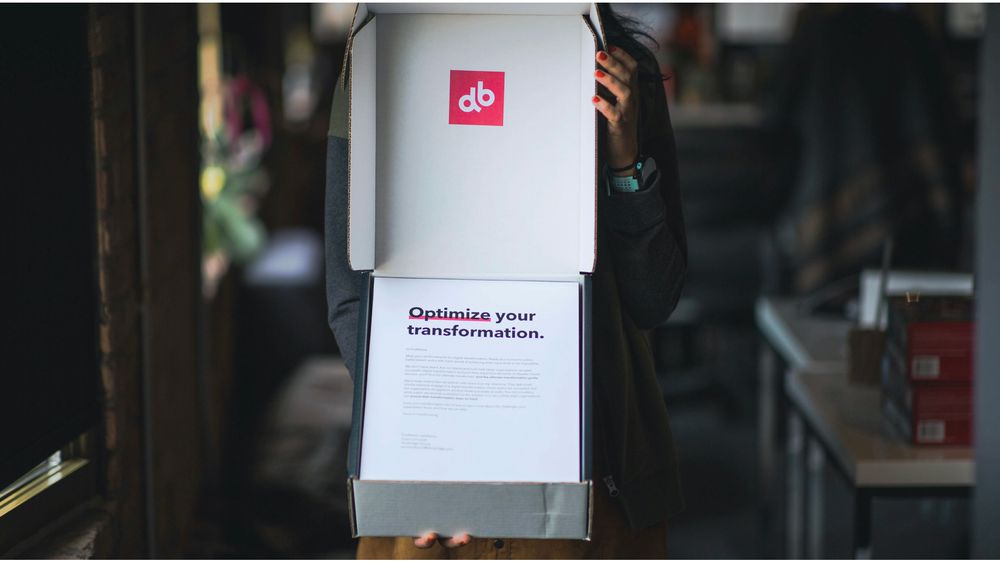Effective marketing
The key metric for marketing effectiveness is the ability to generate revenue for the company. Because marketing does not have direct influence over delivery and outbound sales, we track the effectiveness of our marketing efforts through our ability to secure capabilities and workshop sessions with target accounts. Our revenue grows through the following channels:
- existing account spend increase
- lateral expansion to new lines of business in an existing account
- onboarding of new strategic accounts
To support the above growth, marketing invests time and money into the following:
- building Devbridge brand awareness in designated geographies
- creating targeted outbound campaigns
- creating existing account remarketing campaigns
Historically, the majority of our growth came from existing account expansion.
Do good work and our clients will give us more.
Very simple, very straightforward. This helps us get closer to our annual growth goals; however, at scale, we need the ability to fill the gap with business driven from completely new accounts.
Establishing a predictable investment model for marketing that guarantees x number of leads from y investments is the holy grail. It’s a method for us to quickly react to revenue needs based on market dynamics, the current account spend, and many other variables.
Carpet bombing versus sniping
Carpet bombings are wide-reaching, unfocused, high-volume campaigns that seek to increase brand awareness—for example, educational events, participation at industry conferences, and email newsletters. We hope that the net is wide enough to generate awareness for potential buyers. We want them to know we exist and to share topics providing expertise or insights that may trigger a discussion or desire to connect with us.
Sniping, on the other hand, is the creation of highly targeted, industry-specific, in-depth, focused campaigns such as our Box of Fun (a physical box filled with sticky notes, markers, and a one-sheet explaining how the contents relate to our Lean Requirements workshop), a white paper on digital customer onboarding, or a targeted letter urging the VP of retail banking to improve customer onboarding. The sales team selects its targets (individuals in buyer roles) from strategic accounts and launches the campaigns. We will cover tactics for follow-up and best practices in the “Hunting” section.
A good example of sniping was our Transformer campaign. We sent boxes of a Transformers action figure urging our buyers to “optimize their transformation” along with our white paper on digital transformation, encouraging them to go beyond the basics of product-centric thinking. This campaign was effective because it demonstrated our domain knowledge and created value for the client while also being sticky—what parent would not bring a Transformers toy home to their kids?

